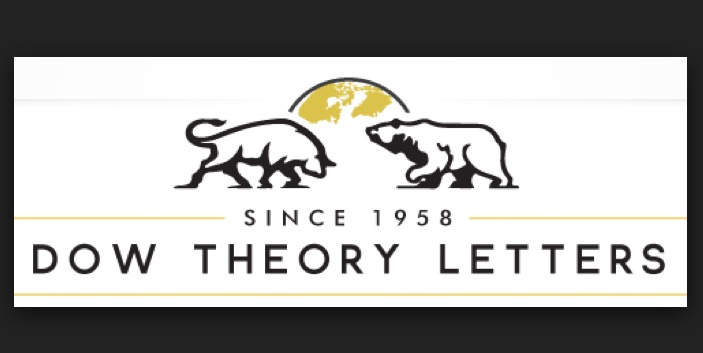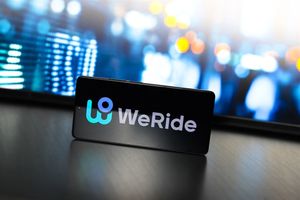There are subjects in the corporate world that executives rarely address openly. Compliance is one of them. It has long been viewed as an inevitability: a collection of formal procedures required to avoid regulatory scrutiny. Few have ever enjoyed it, yet everyone has dutifully complied.
Until recently, that is. Technology has begun to quietly reorganize this domain—first by automating small, repetitive tasks, and later by transforming the entire logic of compliance processes. What was once routine document-checking has evolved into sophisticated analytics capable of detecting risks faster than they appear in regulatory guidelines or official registries.
AI-driven compliance may not possess the dramatic flair of artificial intelligence in healthcare or finance, but its influence on business is fundamental. It is reshaping how companies operate across borders, how they evaluate partners, how they make strategic decisions—and, crucially, how they avoid costly mistakes.
Trulioo: Global Identification in a World That Has Long Ceased to Be Local
Identity verification used to be a labor-intensive process filled with manual checks. Today, it has become almost invisible. Trulioo is one of the solutions that transformed international client onboarding from a complex challenge into a standardized procedure.
Behind a seemingly instantaneous check lies a long chain of queries to governmental and private databases, document recognition mechanisms, and multilayered data comparison. The advantage is clear: companies can operate on the global market with the same natural ease as on the domestic one.
In a world where business increasingly disregards borders, technologies like Trulioo have become part of the foundation of international expansion.
Making the Invisible Visible: TX4U.ai and the Question of Tax Residency
Among the many dimensions of compliance, tax residency verification occupies a particularly complex space. It is a new challenge of global mobility: individuals live in multiple countries, work across time zones, and run businesses without geographic boundaries. Banks, however, must ensure the accuracy of these data—especially following the introduction of the global CRS (Common Reporting Standard).
TX4U.ai operates at the intersection of technology and law. It analyzes dozens of parameters—from physical presence to the center of vital interests—to determine in which country an individual is, in fact, considered a tax resident. For banks, it is a way to avoid regulatory errors. For users, it is an opportunity to finally understand the tax jurisdiction in which they reside.
In a world where residency has become a fluid concept, such automation reduces uncertainty and shifts part of the responsibility away from financial institutions that previously had little choice but to rely on customer declarations.
ComplyAdvantage: A Real-Time Barometer of Risk
Regulatory lists evolve slowly, while reputational risks emerge instantly. ComplyAdvantage has become a response to this mismatch. Its algorithms read the world in real time: news streams, sanction updates, court rulings, public disclosures.
Companies operating large transaction volumes receive not merely a binary “match / no match,” but a dynamic risk assessment showing how a client’s risk profile is changing. In an environment where a single transaction may attract regulatory interest, the ability to detect an issue early becomes particularly valuable.
Dun & Bradstreet: Economic Intelligence in Place of Intuition
Assessing business partners is a task that, for decades, relied on substantial manual work. Financial statements, ownership structures, news archives—all had to be read, compared, and interpreted.
Dun & Bradstreet elevated this process to a new level. Their predictive models assess a company’s financial stability, estimate default probability, and analyze payment histories. In the B2B sector, this is more than convenience; it reduces reliance on human intuition and mitigates the inherent uncertainty that accompanies major transactions.
LexisNexis: Analytical Depth That Is Hard to Match
Few tools in the legal analytics sphere rival LexisNexis. It is not merely a database—it is an infrastructure for understanding who stands behind a company or a project. Its algorithms uncover hidden connections, ownership structures, and litigation history. Tasks that previously required analysts with decades of experience are now performed by systems capable of comprehending data sets that would appear chaotic and incompatible to a human reader.
A New Shape of Compliance
Compliance is gradually shedding its reputation as a burden and emerging as a mechanism that drives speed and competitiveness. Machines have learned to perform tasks that once required entire departments: document verification, risk analysis, cross-referencing data from dozens of registries. And they do so not only well, but faster, more accurately, and at a lower cost.
As a result, businesses have gained something that previously seemed unrealistic: the ability to scale across borders without fearing that compliance procedures will limit growth. Five years ago, the idea of onboarding clients from over a hundred countries or assessing beneficial ownership in nearly two hundred jurisdictions sounded like fiction. Today, it is routine—even for smaller companies—provided they use the right instruments.
At the same time, AI compliance performs a quieter yet no less important function: it protects businesses from regulatory crises. Where teams once manually navigated the labyrinths of CRS, AML, KYC, or sanction lists, algorithms now monitor, analyze, cross-check, and flag issues long before they become critical. This is not simply a matter of saving time. It is a new level of security and predictability, one where mistakes that once led to fines or account freezes are caught automatically.
Perhaps the most profound transformation is transparency. The modern economy does not tolerate vagueness or approximation. Banks, investors, and payment institutions all want to understand precisely who they are dealing with—not in broad strokes, but through verified, structured data. AI-driven compliance has made this feasible. Information flows have become clearer, more accountable, and more reliable than ever before.
And finally—trust. In business, trust is a currency. A company that employs advanced compliance tools signals not merely adherence to regulations but a broader stance: we operate responsibly, we have nothing to hide, we are ready to scale.
It becomes part of its image, an element of reputation, even a competitive advantage. Partners become more willing to cooperate, investors make decisions faster, banks reduce their filters of suspicion. In an era of rapid change, transparency is not a formality—it is a strategy.
AI-driven compliance is transforming business not because it is fashionable but because it enables companies to move faster, see deeper, and operate with fewer risks. It turns what was once cumbersome oversight into development—and what used to be a regulatory burden into opportunity. And for that reason, the future of transparent business is no longer imaginable without artificial intelligence.
Media Contact
Company Name: Trulioo
Email: Send Email
Country: Canada
Website: https://www.trulioo.com/






